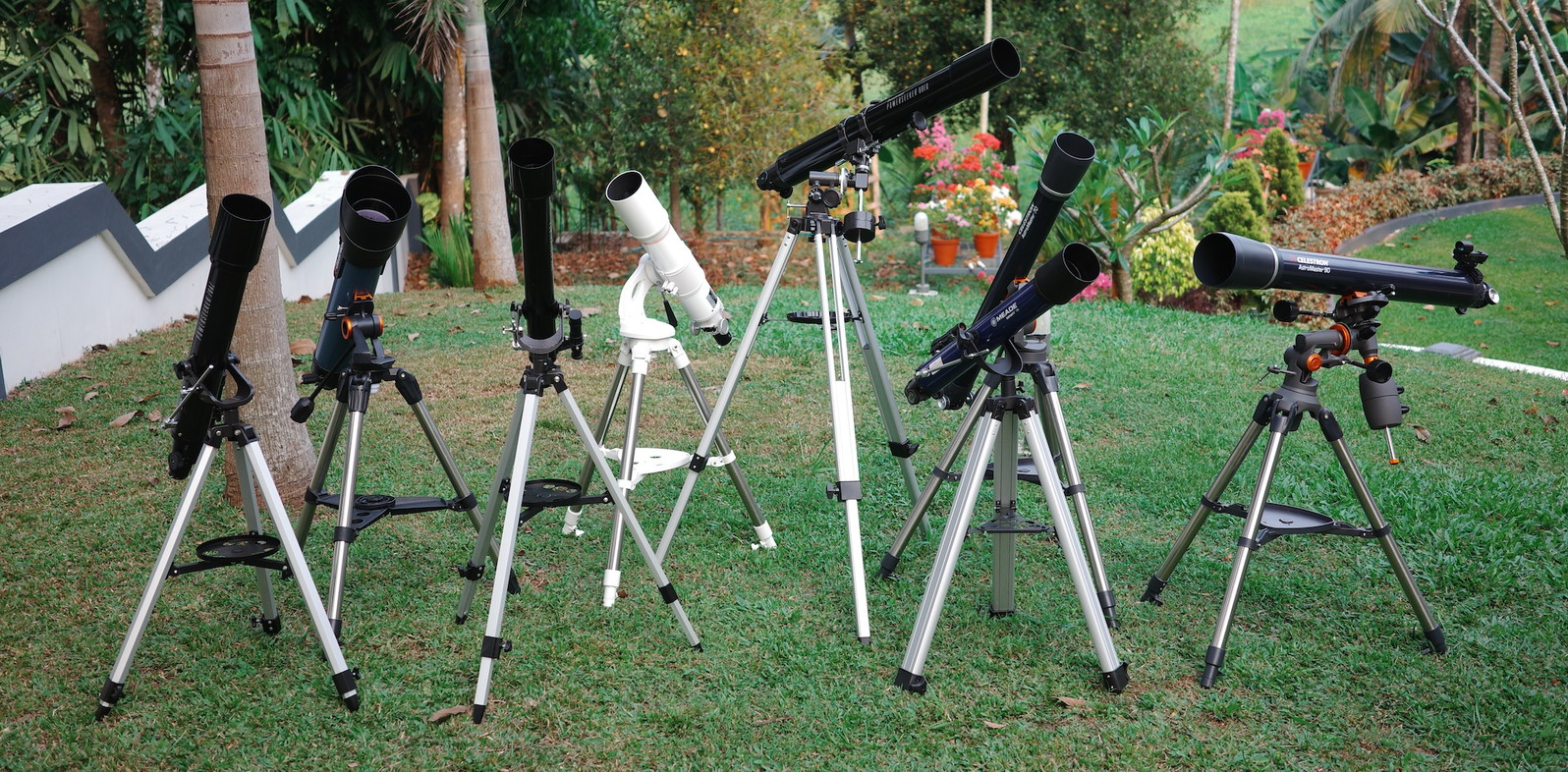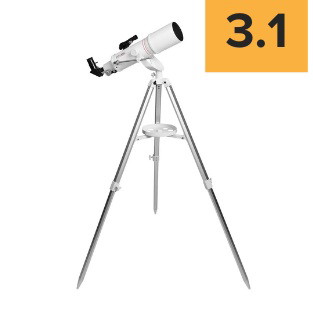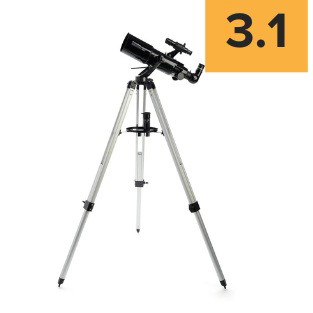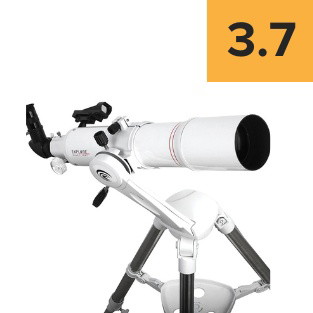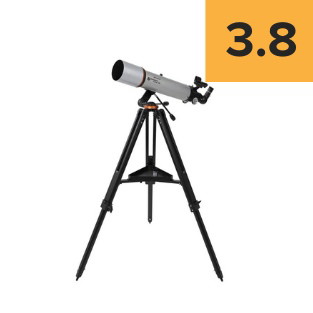Rank Category: $500-$1000 Refractors
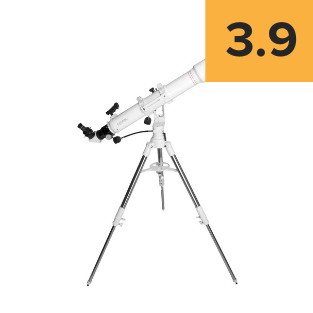
With a focal ratio of f/9.8, chromatic aberration is really only present on the Moon, Jupiter, Venus, and stars of first magnitude or brighter, and it doesn’t significantly affect sharpness. Deep-sky views are very high in contrast with pinpoint stars.
The Twilight I mount is an extremely high-quality mount and the FirstLight 102 is about the largest refractor telescope we can mount on it without vibration problems (Explore Scientific sells a 127mm on the same mount, but we do not recommend it).
The only downside to this scope is the accessories.
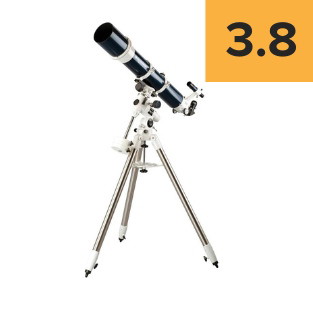
The XLT 120’s optical tube is a chunky 13 pounds and it’s about 1 meter long. This scope is pushing the limits of the included solidly-made high-quality CG-4 mount somewhat, but works well.
With a focal ratio of f/8.33, there is a moderate amount of chromatic aberration but it’s not a show-stopper for planetary and lunar viewing altogether. You’ll also want to shop for at least a few additional eyepieces for this telescope to get the most it has to offer.
The Omni XLT 120 is a bit awkward to move around and complicated to assemble, but a 120mm with an equatorial mount that can be motorized later on might be more appealing to you compared to the above-ranked Twilight I alt-azimuth mounted Explore Scientific 102mm.

Rank Category: Above $1000 Refractors
Unfortunately, there are no all-in-one telescopes on this list that we can say with confidence are capable of serious deep-sky astrophotography right out of the box.
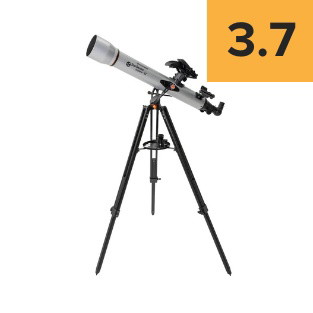
Rank Category: Imaging Refractors
We have a separate ranking page for optical tube assemblies (OTAs), which also includes refractors—these are geared more toward imaging, unlike the visual-focused refractors listed above.

